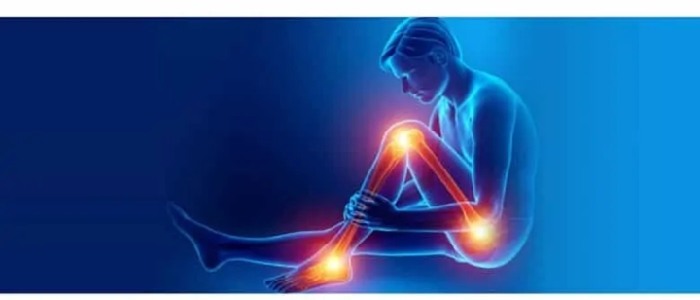Students at IIT Madras have developed a novel wound dressing material that would help diabetic patients heal faster. The dressing material uses graphene-based compounds. Wound healing in diabetic is not as rapid as compared to a normal, healthy individual. This delayed healing or non-healed wounds could lead to serious complications and in worse cases call for amputations too.
In a bid to contribute to the major clinical challenge, students at IIT Madras have come up with a new wound healing material. The researchers said, that they were aiming to exploit the property of graphene-based materials of improving blood vessel formation at certain concentrations to prepare an inexpensive wound dressing. In the animal studies conducted, the psyllium-reduced graphene oxide nanocomposite showed emphatic results.
"We hope this is the first step towards developing inexpensive wound dressings using graphene-based materials for clinical use," said Vignesh Muthuvijayan, Assistant Professor, Department of Biotechnology. The researchers used a convex lens to focus sunlight on graphene oxide to obtain reduced graphene oxide. "Thereafter, they loaded these reduced graphene oxide dispersions into a plant carbohydrate polymer (psyllium) solution to obtain wound dressing scaffolds.
The researchers used fibroblast cells which are responsible for wound healing to evaluate the toxicity and bioactivity of these scaffolds on the cell attachment, migration and proliferation.
"These newly developed scaffolds provide a suitable tissue-friendly environment for cells and subsequently improve cell proliferation and attachment," Muthuvijayan added.
The trials and results revealed that the normal wounds treated with the dressings healed in 16 days as compared to 23 days in untreated normal wounds. Similarly, diabetic wounds treated with the dressings healed in 20 days as against 26 days in untreated diabetic wounds. "These scaffolds are easy to prepare, inexpensive, and show excellent healing properties. Thus, the material acts as a good wound dressing and helps in accelerated healing of normal and diabetic wounds," he said.
Diabetes refers to a group of diseases that result in too much sugar in the blood (high blood glucose). The sugar spike is due to an impaired insulin hormone, that triggers abnormal metabolism of carbohydrate and hike in sugar levels. Your diet and nutrition can play a significant role in managing diabetes. Here are some healthy dietary tips you should make part of your daily regime now.
Follow a balanced diet with complex carbs: According to Preeti Rao, Health and Wellness Coach, eating a variety of fruits and vegetables, lean protein and good sources of fat is very essential for diabetes management. One must avoid trans fats (also called hydrogenated fat), processed food, and sugar and up intake of complex carbs. Complex carbohydrates are rich in fiber and are not highly processed like refined carbohydrates. They take longer to digest and hence provide a sustained source of energy for a longer duration.
Include more Low GI Foods: Glycemic Index (GI) is a relative ranking of carbohydrate in foods according to how they affect blood glucose levels. Carbohydrates with a low GI value (55 or less) are more slowly digested, absorbed and metabolised and cause a lower and slower rise in blood glucose. Low GI foods are also rich in fibre which takes the longest to digest, make you feel fuller for a longer time and help control appetite. This could further help in weight management. Tomato, spinach, guavas, cauliflower, and pears are some low glycemic index foods you can choose to add to your diet.
Avoid Sugary Drinks and Fruit Juices: Diabetics should steer clear of aerated and sugary drinks, various studies and reports have time and again reinforced that these drinks are full of liquid calories and can cause major spike in the blood sugar levels. Your can of fruit juice is not one of the healthiest substitutes either. Fruit juices especially packaged fruit juices are loaded with fructose that elevates the blood sugar levels. It is advisable to eat whole fruits instead. Fruits are full of fibres, fibres take time to metabolise and thus doesn't result in sudden surge in blood sugar levels. Eat fruits that have a low glycemic index. Eat fruits with some nuts and olives to balance the glycemic load.







Comments
Add new comment